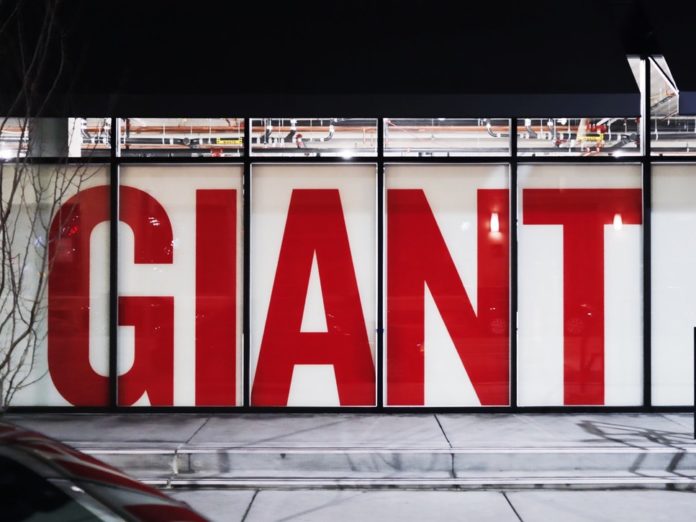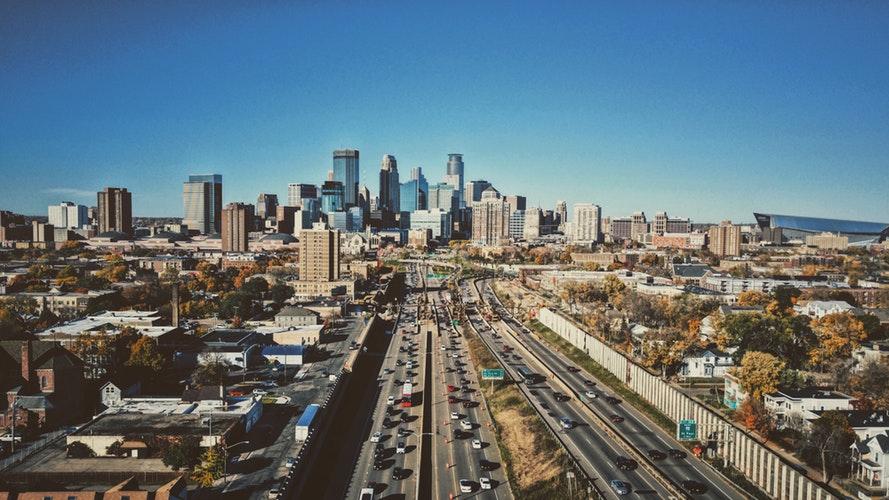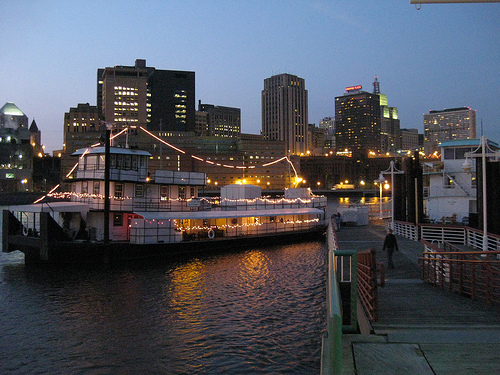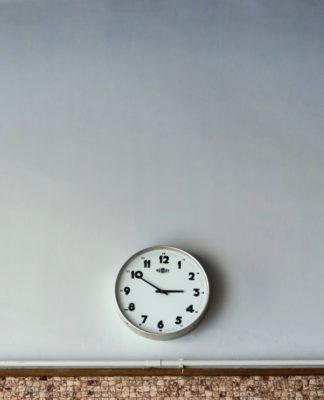
Two cities. Two distinctly different downtowns, only 10 miles apart.
There are those who would call for the two cities to simply merge and be done with it. Even Mark Twain commented on the Twin Cities’ “…growing so fast that they may possibly be joined now, and getting along under a single mayor…” when he visited in late 1885.
But they are different cities, with very different pasts, and very different futures as well. And loyal citizens would cry murder and riot in the streets if ever there was talk of merging the two into one.
Downtown vs. Downtown
The heart of a city lies downtown. So, when exploring the Twin cities, we examine the downtown of Minneapolis and St. Paul, the differences between the two, and what they each offer residents, workers, and visitors.

Landscape and development
Minneapolis is the larger of the two, in height, width, and population. It’s also much denser, giving it the more global, “lost in the city” feel.
St. Paul has been more focused on experience, placing buildings strategically throughout downtown and focusing on crown jewels like Rice Park and surrounding historical buildings the Landmark Center (1902), the St. Paul Hotel (1910), and James J. Hill Library (1915).
In St. Paul, history is preserved simply for history’s sake. This is not the case in Minneapolis. St. Paul keeps the past alive where Minneapolis has traditionally stayed focused on the present – most of the history in downtown Minneapolis has been razed to make room for new.
But Minneapolis has seen continued growth that many downtown areas around the country can only dream of. Even (especially?) St. Paul. As of 2016, Minneapolis had 1.5 million square feet of office space completed or under construction, including the new Wells Fargo Towers near the new Vikings Stadium, the T3 office building steps from Target Field, and a new headquarters for Xcel Energy on Nicollet Mall.
And while St. Paul is arguably the more charming downtown, with the aforementioned historic buildings lining narrow, walkable streets, and plenty of greenspace in Rice Park, Mears Park, and Kellogg Mall, that charm only extends to certain areas: Much of downtown St. Paul, especially the area between Wabasha Street and Minnesota Street in the Central Business District, is defined by decaying urbanism with little to offer pedestrians (outside of the skyway system, at least).
But St. Paul is starting to come back to life. Even five years ago we wouldn’t have had this discussion. Paul’s growth has been more grassroots; an organic response to the population boom and the revitalization of Lowertown.
It must also be noted that many of St. Paul’s biggest projects of the past few years have been funded by government/taxpayer money and not private development. This is not to say that St. Paul hasn’t seen its fair share of private development: the Pioneer Endicott, Custom House hotel and apartments, Opus’ development both at the 7 Corners Hardware site and the 7 Corners Gateway site have all come online within the past five years.
(We discuss St. Paul business further here: St. Paul still searching for downtown business boom)
Still, it is nothing compared to the number of, and scale of, projects in Minneapolis – and the number of private dollars that fund them.
St. Paul’s downtown is currently defined by three things: government, health care, and a growing residential population (spurred in part by Lowertown). The residential population is the key factor in downtown’s reemergence as a destination. And it’s not just that people are moving back into the city center, it’s who is moving back into the city center. People with money, millenials who dominate the bars and restaurants, and older generation “empty nesters” looking to enjoy the density of the inner city.
And with a downtown like Minneapolis so close by, there’s no need for St. Paul to follow suit; downtown St. Paul has a unique opportunity to cultivate an entirely new landscape for a city center. Projects like the River Balcony, a 1.5 mile walkway from Union Depot to to the Science Museum along the bluffs, is an exciting opportunity to utilize the Mississippi riverfront in a way few cities in the country have.

Culture
When it comes to nightlife, the cities remain polar opposites. St. Paul’s offerings for entertainment have only recently begun to emerge, while Minneapolis boasts a robust landscape of nightclubs and theaters, bars and lounges.
For entertainment and cultural offerings, on some level, it simply depends on what you’re looking for; your speed and pace of (night)life. St. Paul is slower, and with more highbrow cultural offerings. Minneapolis is younger, faster, brighter, livelier.
St. Paul, for example, offers large scale museums, the Science Museum, the History Center, the Children’s Museum are supplemented by smaller museums like the Gallery of Wood Art and the Schubert Club. But one of the main criticisms you’ll hear about St. Paul after dark is that, unless there is an event at the Xcel Energy Center, it’s often fairly devoid of human presence. Even growing Lowertown to the east hasn’t brought permanence to downtown St. Paul nightlife.
Although, St. Paul has also seen a restaurant surge that is bringing people out later at night, while Minneapolis has seen many of its better restaurants, including La Belle Vie, Vincent, Brasserie Zentral, and Masa, shutter in just the past few years.
Still, there isn’t much comparison when talking about the late-night presence. Minneapolis’ Theater District and Warehouse District is bustling with no shortage of entertainment options. The streets are alive, whether it’s during a Timberwolves, Twins, or Vikings game, or just any old night of the week.
Where St. Paul has the Ordway, Minneapolis has Orchestra Hall. Where St. Paul has the Fitzgerald Theater, Minneapolis has the State, Orpheum, and Pantages, clustered together with dozens of drinking and dining options, adult entertainment, and dance clubs sprinkled in between.
There is simply more to do in downtown Minneapolis.
By standard definition, Minneapolis has the “better” downtown: It’s an incredibly successful model for dense urban areas in American cities. Its modern architecture, dense mix of residential, worker, and visitor population keep the streets lively in a way that St. Paul simply hasn’t been able to compete with.
But Minneapolis is certainly not without struggles. The retail exodus that St. Paul suffered a few years ago has begun to take root in Minneapolis. With Macy’s now closed, and other businesses like Barnes and Noble exiting what was once the main retail thoroughfare along Nicollet Mall, there are more than a few gaps beginning to show in a formerly occupied streetscape.
St. Paul has already had a few years to plan, and redesign a downtown not shackled by traditional retail – the new Treasure Island Center, for example, is redefining the way we use old buildings in developed corridors.
Minneapolis has answered with a food hall project, backed by Andrew Zimmern, in its own former Macy’s.
It will be interesting to see what each city’s downtown looks like in 5, 10, 15, 20 years from now – and whether they will maintain their unique, distinct personalities, or become indiscernible from one another, as Mark Twain mentioned so many years ago.
Read next: Why St. Paul’s push to become a tech hub isn’t so farfetched
















